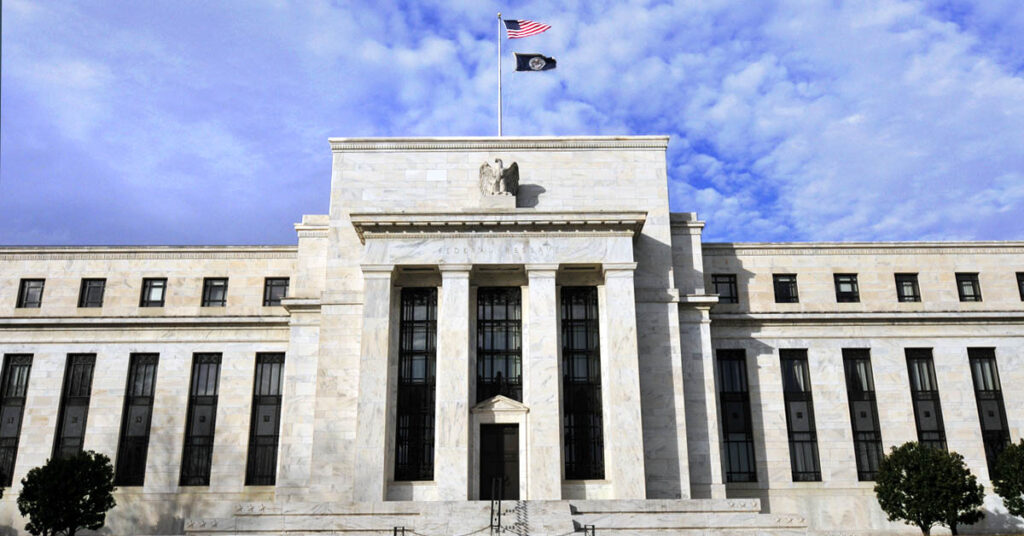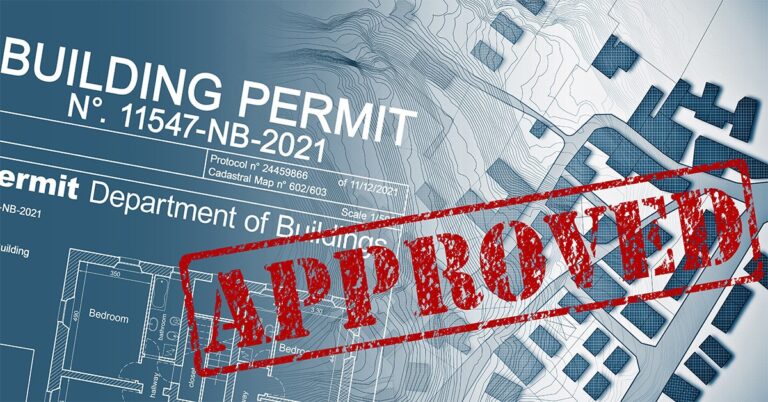The Federal Reserve raised its benchmark interest rate by 0.75% after the September meeting of its Federal Open Market Committee (FOMC), delivering a third straight hike of 75 basis points in its ongoing attempt to corral widespread inflation.
The increase moves the federal funds rate to a range of 3% to 3.25%, its highest level since 2008. Three consecutive hikes is a unique move since the Fed began using its benchmark rate as a tool to curb inflation in the 1980s, and it may not end there. With new Fed projections placing the rate at 4.25% to 4.5% before the year is out and only two FOMC meetings left this year, the central bank is foreshadowing a large probability that at least one more raise of similar magnitude comes in 2022.
“We have got to get inflation behind us,” Federal Reserve chair Jerome Powell said. “I wish there was a painless way to do that, but there isn’t.”
Powell reiterated that reining in inflation is the FOMC’s current “overarching focus,” broadcasting a distinct message that the Fed is committed to doing so by any means necessary. The statement released by the Fed after the FOMC meeting acknowledged that “inflation remains elevated, reflecting supply-and-demand imbalances related to the pandemic, higher food and energy prices, and broader price pressures.”
Powell also directly addressed real estate, noting that while the housing market was “red-hot” nationwide for a time, the slowing of home price growth should help bring sky-high prices more in line with “rents and other fundamentals.” He recognized that the housing market likely has “to go through a correction to get back to that place.”
The Fed’s projections have the benchmark rate rising to a peak of 4.5% to 4.75% next year, with no rate cuts forecast until 2024. Subsequently, while the central bank expects its aggressive policies to gradually stem inflation over the next couple of years, its forecasts also concede that the economy will feel the negative impacts of higher rates. Real gross domestic product growth estimates were shifted lower, with year-end growth of 0.2% projected for 2022 and 1.2% for 2023.
The labor market, which thus far has shown resilience in the face of inflation and increased rates, also could begin to feel the heat. The unemployment rate, which presently stands at 3.7%, is predicted to grow to 3.8% before year’s end and could swell to 4.4% in 2023. Strength in the latest jobs report had some cautiously optimistic for a smaller, half-percentage-point rate hike after the September FOMC meeting, but a somber inflation report later in the month all but telegraphed the 75 basis-point increase.







